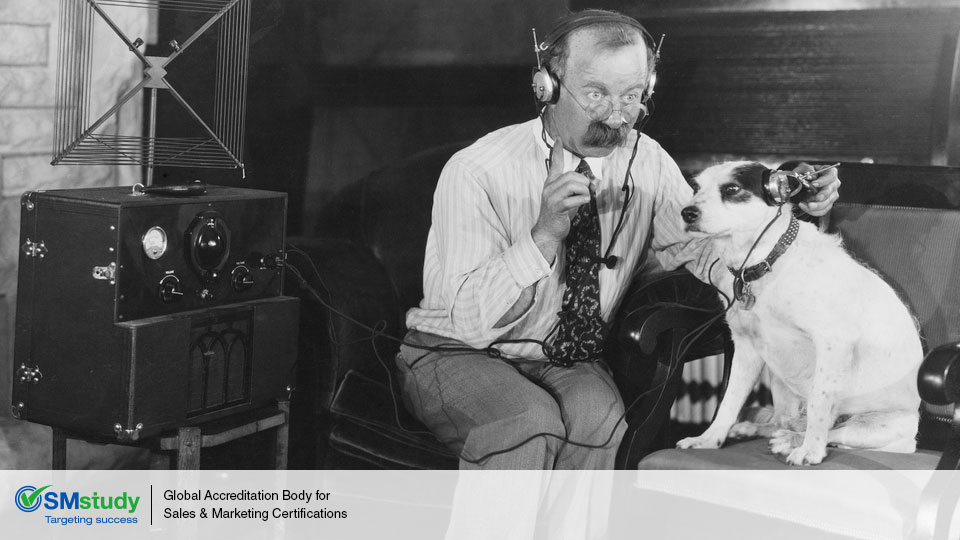There are some things I never do on social media. When I get a post with a picture of an old-fashioned pencil sharpener, apple corer or slide rule and it says “If you’ve ever used one of these, Like and Share,” I never do. And it’s not just because I don’t want to admit how old I am.
Looking back in history can be much more helpful than trying to get one up on “those young people today” by showing how difficult you had it and they should be glad they have it as easy as they do! Looking back in history can actually help people deal with the present.
With this in mind we thought we would take a quick look at the first decade of the Twentieth Century and draw some inferences relating to the first two decades of the Twenty-first.
We researched several websites and found that a lot of things happened from 1900 to 1910, inclusive. From the frivolous to the profound, some of the inventions and advances still affect America and the world today. In 1905, the American form of football allowed the forward pass to stop injuries and deaths caused by brute-force tactics such as the “flying wedge.” Today, the National Football League is trying to make reforms that will minimize, or do away with concussions. Also in 1905, Albert Einstein published a paper introducing the idea that the formula for determining energy is a direct ratio with the combined characteristics of mass and the speed of light squared, e=mc2. In that same year, he published a fuller elucidation, his theory of relativity. (We felt like we could use phrases like “fuller elucidation” when we’re talking about such heady stuff.) From those papers have risen arsenals, energy generation, medical uses of radiation, and advances in the physics that run our televisions and computers, among other things.
Speaking of televisions and computers, both of these have their roots in Lee De Forest’s invention of the vacuum tube triode in 1907. “The three terminal setup could serve as an electrical switch. When you changed the voltage traveling to one terminal, you could reduce the current following between the other two terminals. In this way, you could turn it ‘on’ and ‘off.’ That's your 1 and your 0,” says Wired.com in reference to the binary code used in programming.[1]
The more immediate use of the vacuum tube was in building the sets needed to receive that new-fangled thing called radio. De Forest used his vacuum tube to transform “those taps and clicks [of Marconi’s wireless telegraph transmissions] into the broadcast communication system we know today,” according to Wired, adding, “Forest, who also coined the name ‘radio,’ used his invention to send the first over-the-air public broadcast on January 12, 1910.”
From all this, it becomes apparent that first decade of the twentieth century saw the new arrivals of more than twenty inventions that reshaped life and business. Mercedes (1901) and Ford (1908) took the automobile from the showcase and exhibition track to the roads of America and Europe in mass numbers. Along the way, they also invented the car salesman.
These inventions made their creators wealthy through marketing. In 1908, Dr. Julius Neubronner combined invention and marketing into one operation. He fitted “tiny timer-driven cameras to pigeons and developed and printed the photos immediately upon the birds’ return, selling them as postcards on the spot,” says Wired. They also say, “Take that, UAV cams!”
Apple Computers is the modern poster child for this symbiotic relationship between innovation and marketing. And that brings us to Digital Marketing, book three in the SMstudy® Guide series, “Today, consumers have multiple ways of searching, learning about, and purchasing various products and services, and e-commerce technology has offered the convenience of secure and instant transactions.”
In 1901, the vacuum cleaner was invented and was soon followed by the door-to-door vacuum salesman. The invention of the radio brought radio advertising, which was one of the methods inventor and businessman George Louis Washington used to turn his 1909 invention of instant coffee into a mansion in Brooklyn and a lodge by the beach in Belford.[2]
Automobiles brought roadside signs and billboards. Walls in every major urban setting became festooned with advertising aimed at the motoring masses. The marketing messages were everywhere. Conventional mass marketing made sure they even arrived in peoples’ mailboxes.
Today’s market seems filled with innovation and invention on steroids. “Consumers can receive messages from any of the several hundred television and radio channels, a variety of print media, including newspapers, magazines, and trade publications; and, online, it’s difficult to check e-mail without various banner ads popping up. The messages are constant,” says Digital Marketing.
“For businesses, in this age where consumers are continuously provided with choice, the challenge is finding ways to stand out.” SMstudy and the SMstudy® Guide are designed to help sales and marketing professionals and entrepreneurs handle the change in ways that make them stars.[3]
For more informative and interesting articles on sales and marketing, visit SMstudy.com.
(Jim Pruitt, VMEdu staff writer contributed to this article.)
[1] “The Decades that Invented the Future, Part 1: 1900-1910.” (10/12/12) WIRED. Retrieve on 4/13/16 from http://www.wired.com/2012/10/12-decades-of-geek-part-1/
[2] Janie (4/13/2015) “20 Influential Inventions from 1900-1910” JellyShare Retrieved on 4/13/16 from http://www.jellyshare.com/article-194/20-influential-inventions-from-1900-1910.htm
[3] For more information about the SMstudy® Guide, visit http://smstudy.com/SMBOKGuide

